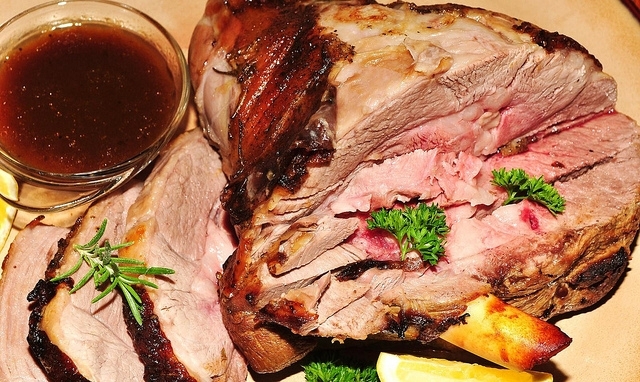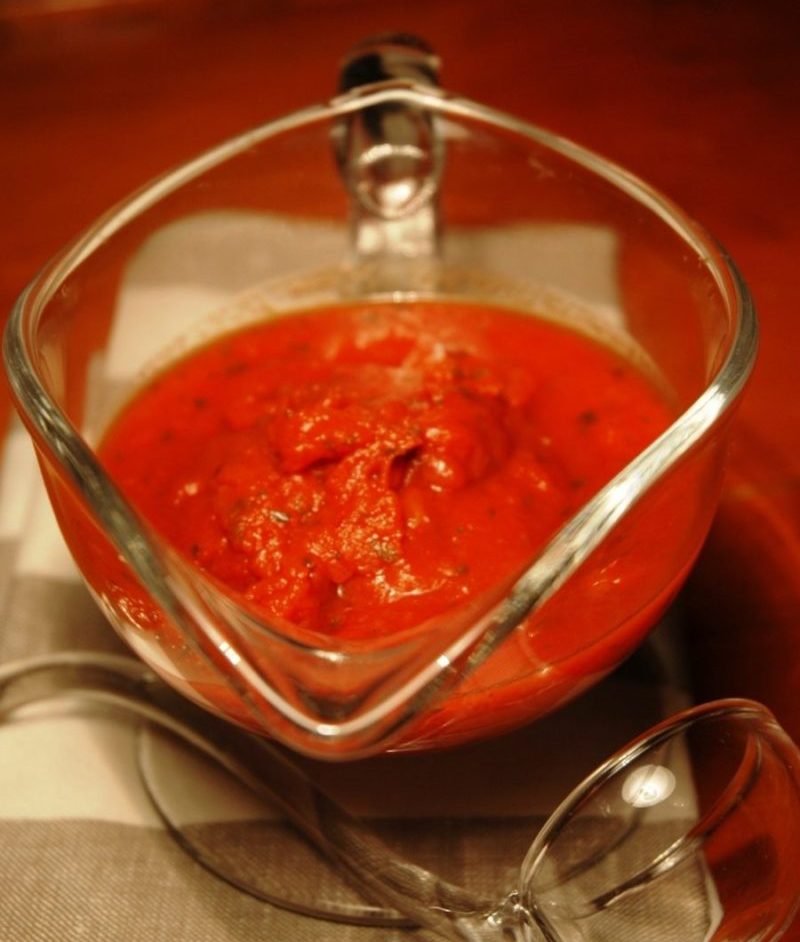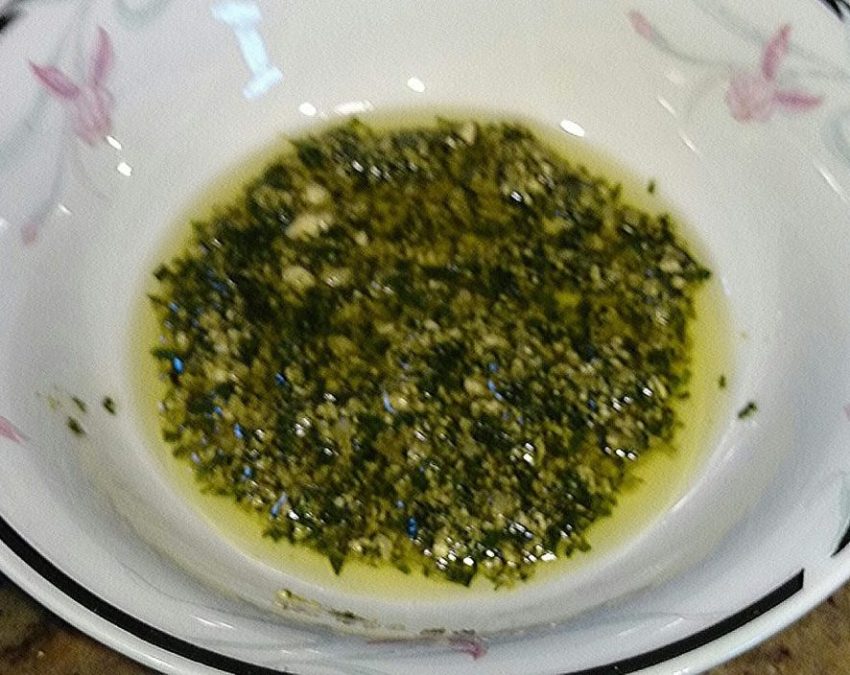One of the many traditions in Italy during Easter is serving roasted leg of lamb. This tradition goes back many centuries, even before the first Easter celebration, to the first Passover of the Jewish people. The sacrificial lamb was eaten, together with unleavened bread and bitter herbs, in hopes that the angel of God would pass over their homes and not harm them. As Hebrews converted to Christianity, they brought along their traditions with them. In Christianity, the lamb is the symbol representing birth and the Shepherd, and Jesus is referred to as the Lamb of God.
This is a delicious yet simple recipe using rosemary and garlic. You can either use a bone-in or boneless leg of lamb. While boneless is easier to carve, the bone-in is more flavorful. Either way the meat is very tender. When you remove the lamb from the oven, let it rest for about 15 minutes so that all the juices don’t come running out while you are cutting because that will dry out the meat.
Ingredients Serves 8
1 6 to 7 lbs leg of lamb, trimmed of excess fat
2 T olive oil
2 T chopped fresh rosemary
lemon juice
1 garlic clove, minced
1/4 c white wine
salt, to taste
fresh rosemary sprigs
fresh parsley
- Preheat oven to 350°F.
- Place lamb, fat side up, in large roasting pan. and sprinkle with salt.
- Mix oil, chopped rosemary, lemon juice and garlic in bowl, then rub all over lamb.
- Roast lamb until thermometer inserted into thickest part reaches 130°F for medium-rare, or 20 minutes/pound, basting occasionally with pan juices. Transfer to platter. Cover loosely with foil and let stand for 15 minutes.
- Remove some of the fat from the roasting pan with a spoon; add 1/4 cup water to pan and any lamb juices from the platter. Place on top of the stove on medium heat and bring to boil, scraping up browned bits on bottom of pan. Season with salt.
- Cut lamb into thin slices on the platter and pour pan juices overt them. Garnish with rosemary sprigs or fresh parsley.
Subscribe to my blog and get more recipes and posts delivered right to your inbox!
Photo credit above: JeffreyW @Flickr.com






